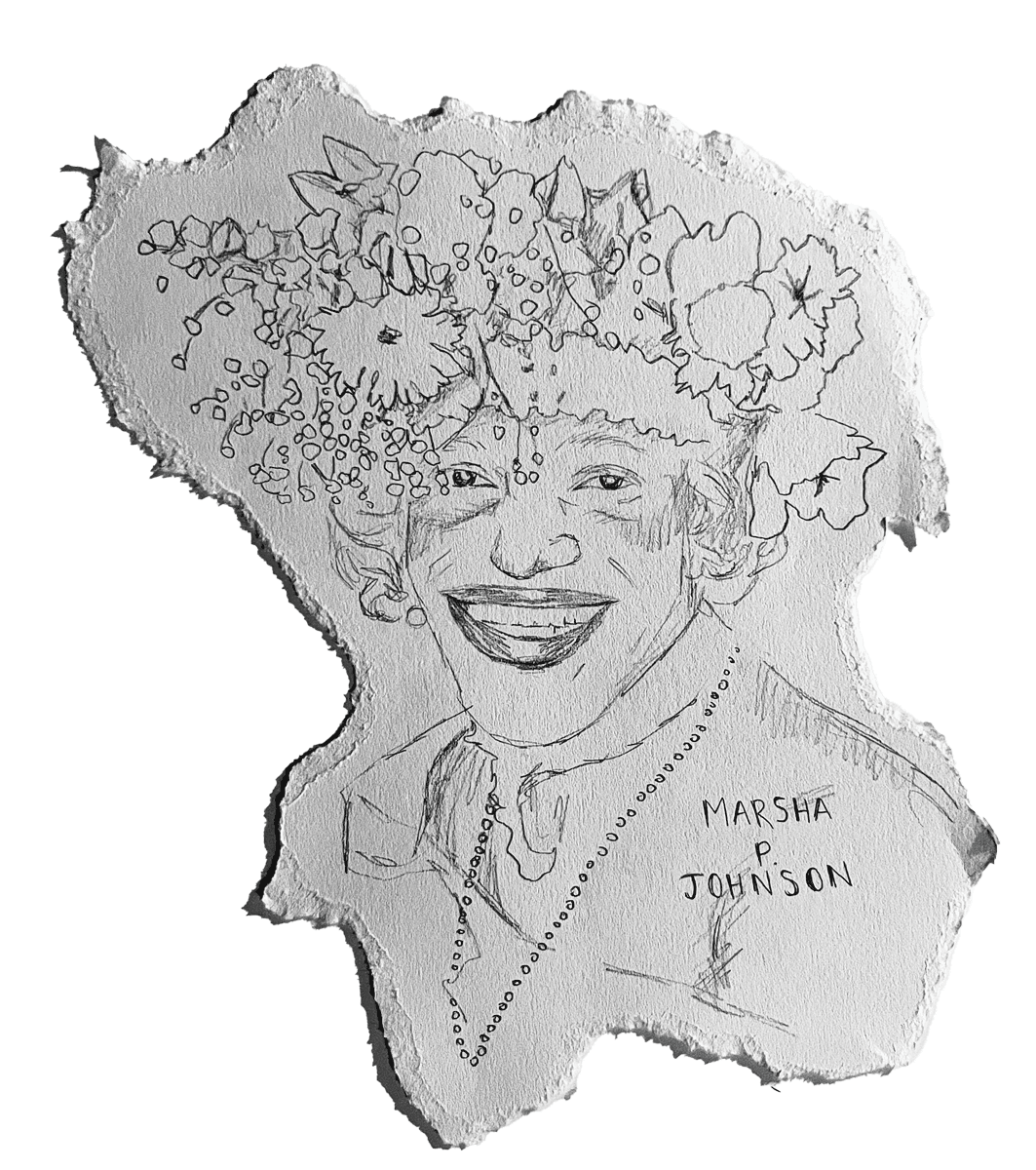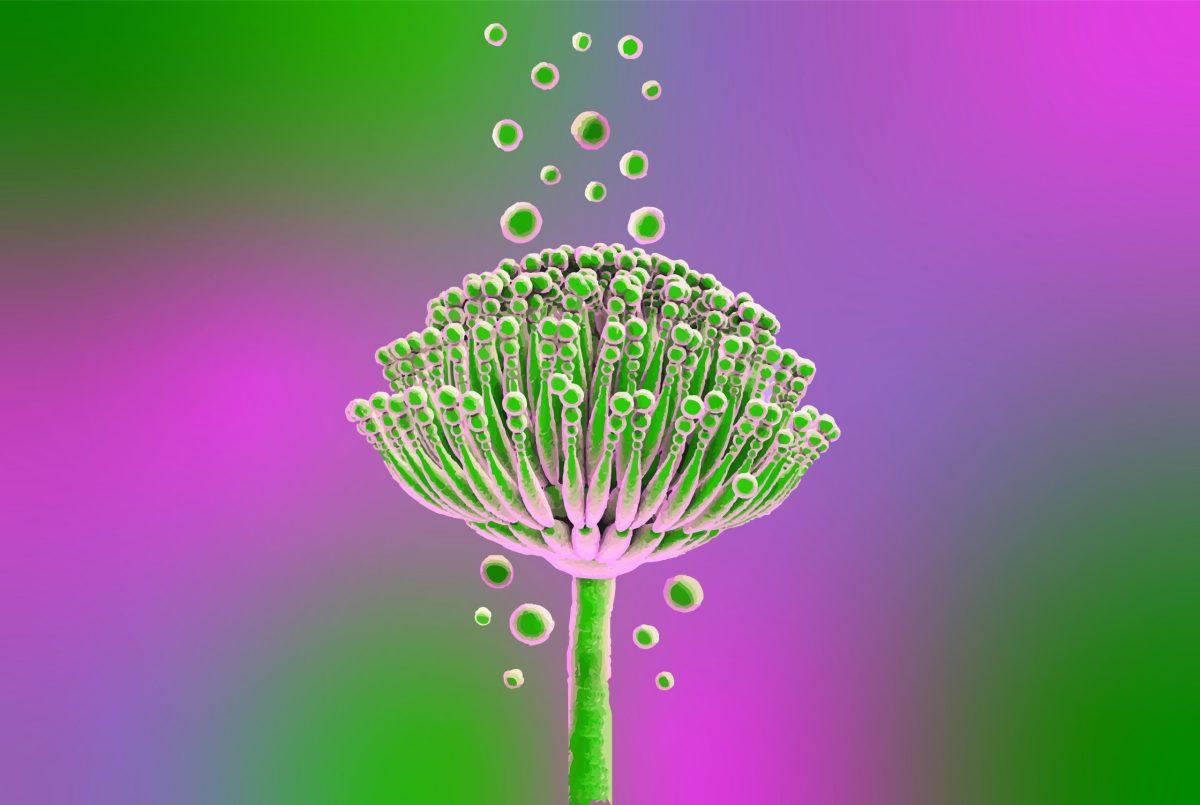The Cannabis sativa L. species is a member of the family Cannabaceae. Around 27.8 million years ago, a split occurred within the Cannabacea family developing into Cannabis L. and Humulus L. Cannabis has been used for thousands of years either as medicine, food, for fibers and even in religious ceremonies. Many of the early reports of cannabis use indicate it can cause psychosis-like symptoms, including visions, but this is extremely speculative as it was mostly observed in religious ceremonies and/or ritual practices.
Though the Cannabis sativa L. species has been around for over 10,000 years, botanical and chemical research and classification of the plant has only occurred within the last few centuries.
The “L” indicates who first published the classifications, and in the case of cannabis and Humulus, or hops, it is Carl Linnaeus. Linnaeus is also considered the Father of Taxonomy and published Systema Naturae in which he classified over 7,700 plant species.
Now, when cannabis was first classified and popularized in the early 60s, it was mistakenly noted that “indica” and “sativa” were relevant in terms of the physiological and psychological effects. However, this was never indicated by those using cannabis and the botanists certainly were not ingesting them to find out. This is where the confusion really sets in; with the re-popularization of cannabis in the early 90s, the terms indica and sativa were suddenly being used to describe effect rather than morphology and origin. These terms have no bearing on how a certain strain will make you feel. Instead, the chemical makeup of terpenes is what influences the effect of a certain strain.
The term “sativa” is Latin for cultivated, which is why it was used to name the variety of the Cannabis L. species Cannabis sativa. The term “indica” was for the region, India, in which they first found a specific variety of the species. Cannabis L. contains two main varieties, Cannabis sativa subsp. sativa and Cannabis sativa subsp. indica. Furthermore, within these subspecies, there are several varieties:
- Cannabis sativa subsp. sativa var. sativa (Broad-leaf hemp or BLH)
- Cannabis sativa subsp. sativa var. chinesis (Narrow-leaf hemp or NLH)
- Cannabis sativa subsp. indica var. indica (Narrow-leaf drug or NLD)
- Cannabis sativa subsp. indica var. afghanica (Broad-leaf drug or BLD)
Cannabis sativa subsp. sativa varieties are what we call hemp, which is simply cannabis with a lower THC content, and is better for crafting fibers and other materials. Cannabis sativa subsp. indica varieties account for the “drug” types that helped develop the cannabis we have today. However, this is not to say that these four varieties never crossed paths and mixed genetics. If isolation of the plant varieties were the case, we would not have the cannabis we have today with the varying ratios of cannabinoids and terpenes.
In today’s market, most cannabis “strains,” or cultivars as the scientific community likes to say, are hybrids of the various cannabis genetics. Landrace strains are another variety of cultivars that have not been crossed with any other genetics since its discovery. Due to the perseverance of some breeders and activists such as Ed Rosenthal and seed banks such as Sensi Seeds, strains that are considered “landrace” are available nearly everywhere. One of the most popular landrace strains is Durban Poison, which hails from the Port of Durban in Africa. Others include Hindu Kush, Afghan Kush, Lamb’s Bread, Acapulco Gold, Nepalese Kush and Chocolate Thai. These landrace strains have been cultivated by the native populations and have been used for centuries. Many of these landrace strains are best grown in climates similar to their place of origin. This can be achieved through indoor and greenhouse grows if the outdoor climate is not ideal for that particular strain.
In order to obtain the cannabis we have today, breeders have been crossing genetics and developing a wide array of strains, each with their own unique profile. Cannabis profiles include cannabinoids, terpenes and flavonoids. There are over 113 cannabinoids, including THC, CBD, CBN, CBG, THCV, CBDV and now THCP and CBDP. Various cannabinoids play a role in the psychological and physiological effects of cannabis. In addition, there are over 200 terpenes that can be found in cannabis. Terpenes contribute to the scent, effect, look and taste of cannabis. Flavonoids found in the cannabis plant include cannflavin A, cannflavin B, cannflavin C, vitexin, isovitexin, apigenin, kaempferol, quercetin, luteolin and orientin. These flavonoids contribute to the colors and tastes of the cannabis plant to create the combinations that we are familiar with. For example, the purple color that certain cannabis strains produce is due to a flavonoid called anthocyanin! In addition, this flavonoid is an anti-inflammatory, anti-viral, and antioxidant.
Overall, one should not rely solely on cannabinoids or strain names to help determine what strain is best for them. The best test is the smell test: your nose knows better. The more you enjoy the scent of a cannabis strain, the more likely you are to enjoy the effect. Although, be aware that high THC content and certain terpenes such as pinene and terpinolene can cause anxiety. Training your nose to sniff out those terpenes can help you choose the strain with little to none of those terpenes. Pinene has a scent like pine while terpinolene has a gassy/tart scent.
References
McPartland, J. M. (2018). Cannabis Systematics at the Levels of Family, Genus, and Species. Cannabis and Cannabinoid Research, 3(1), 203–212. https://doi.org/10.1089/can.2018.0039






